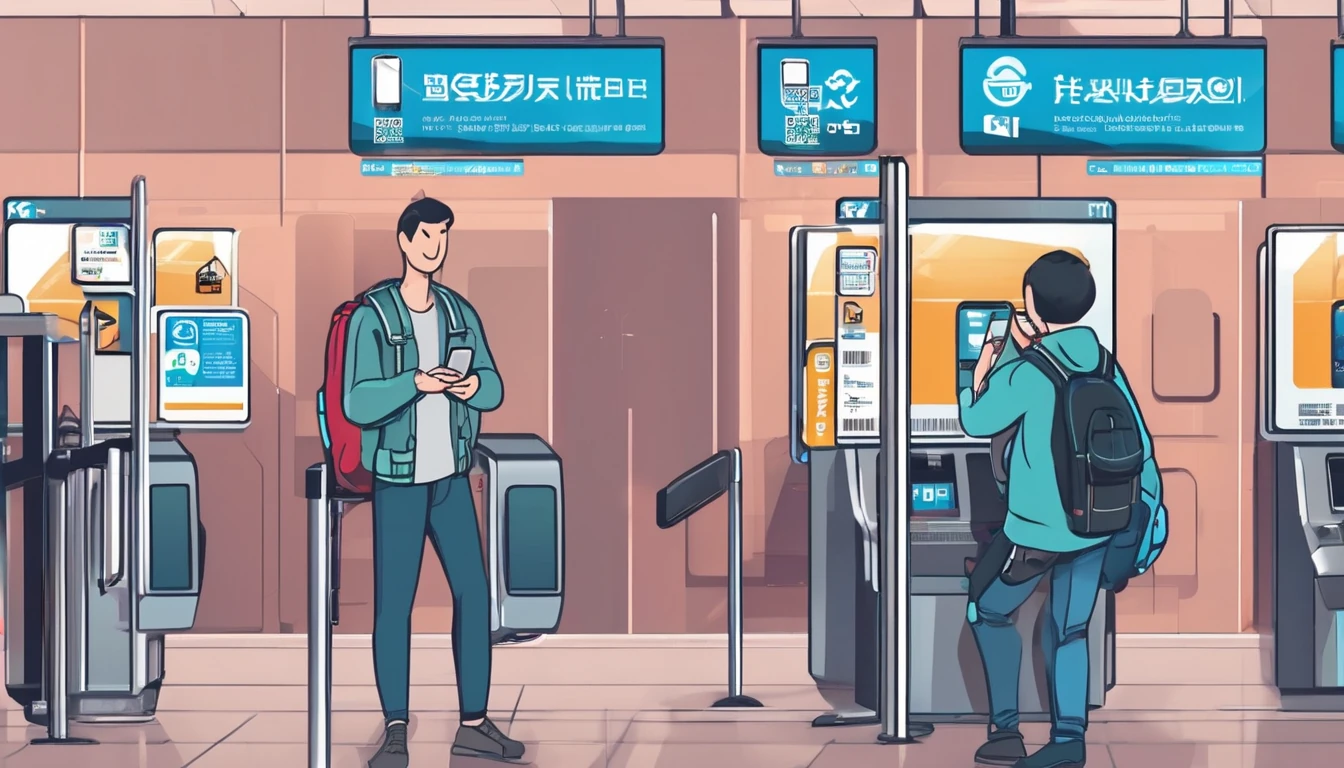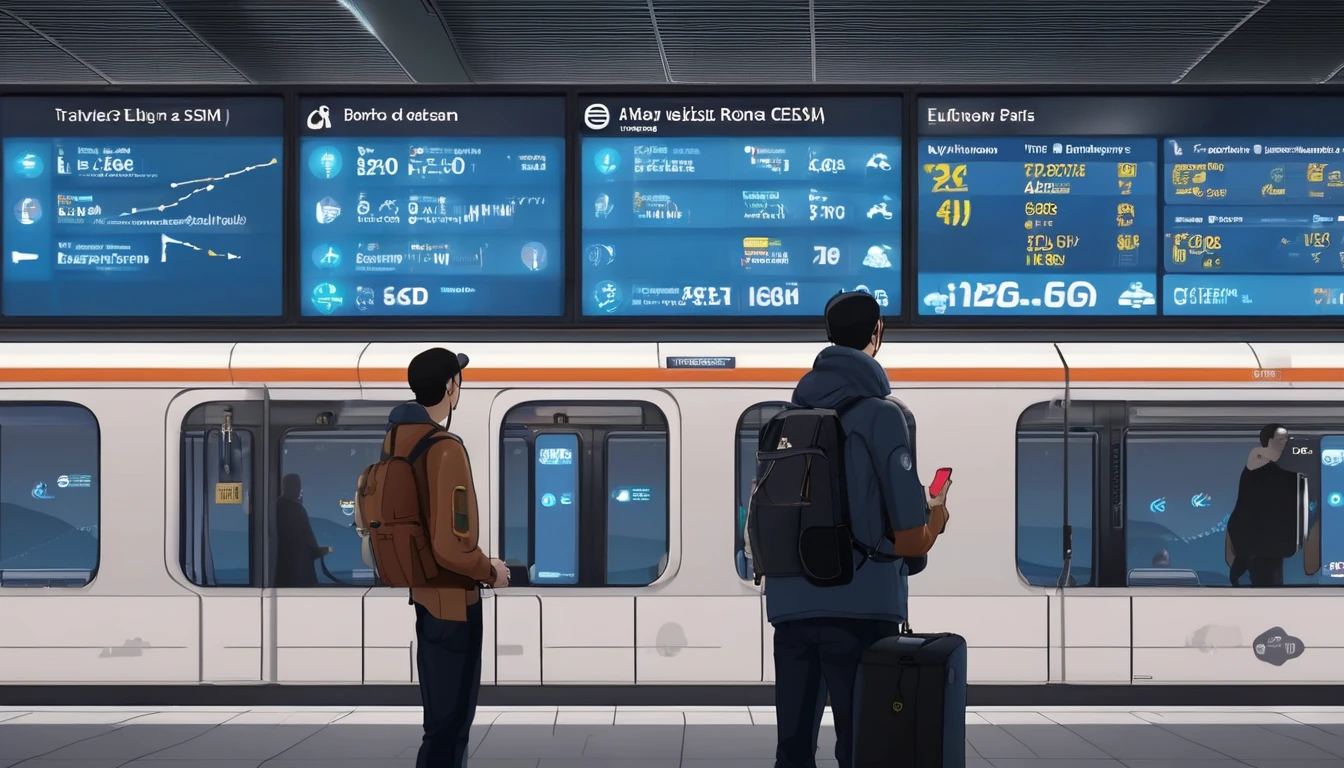Travellers love QR codes because they are fast, contactless and language‑agnostic. Airports, lounges and cafés use them for menus, Wi‑Fi portals, boarding info and payments. Criminals love them for the same reasons. A tampered or fake code can silently redirect you to a malicious site that steals card details, hijacks messaging apps, installs spyware, or tricks you into paying the wrong person. The risk spikes on the road: you are rushed, tired, on public Wi‑Fi and less likely to scrutinise small details. This guide explains exactly how the scams work, what to check before you scan, safer ways to pay and connect, and what to do if you slip up. Whether you are hopping between terminals in the United States, ordering a cortado in Spain, or heading across Western Europe, a few habits will block most attacks. Keep this page handy for your next trip and share it with your travel companions or team.
Why travellers are targeted with QR code scams
- High turnover environments. Airports and busy cafés see constant footfall; a swapped sticker can harvest hundreds of scans quickly.
- Trust in signage. Branded posters and table tents create false credibility; a neat sticker overlay looks “official”.
- Time pressure. Boarding calls, queues and language barriers push you to scan first and think later.
- BYO devices. Attackers can exploit out‑of‑date phones or permissive browser settings.
- Payment normalisation. Scan‑to‑pay is normal in many countries, so fake payment QR codes blend in.
If you are planning routes and connectivity, cross‑check local adoption of QR payments and Wi‑Fi portals via our Destinations guides.
How QR code scams work (in plain English)
- Malicious redirects. A code sends you to a fake version of a brand’s site (Wi‑Fi login, airline check‑in, café menu). The URL looks convincing but collects passwords, card details or passport data.
- Payment swaps. A code takes you to a genuine payment app but with an attacker’s payee or invoice pre‑filled; you approve and funds go to the wrong account.
- App sideload prompts. A page urges you to install an “airport app” or “menu viewer” via an APK or profile—common on Android and iOS respectively—opening the door to malware or mobile device management abuse.
- Messaging takeovers. A landing page requests excessive permissions (SMS, notifications, accessibility) to read 2FA codes or control taps.
- Dynamic content masking. Short links or URL shorteners hide the destination, making quick checks harder.
- Sticker overlays. Real posters/menus are fine; the small QR square is replaced with a tampered sticker.
Before you scan: a traveller’s 10‑point checklist
- Inspect the QR physically. Is it a sticker on top of another? Misaligned? Bubbling? Smudged print or off‑brand colours are red flags.
- Cross‑verify source. Does the code appear on an official screen, laminated menu, or embedded signage—or a loose card left on tables?
- Read the URL preview. Most phones show a domain preview. If your phone does not, long‑press the QR or disable auto‑open in your camera settings.
- Check the domain, not the title. “airline‑checkin.com.example.ru” is not “example.com”. Watch for misspellings, extra words and unfamiliar TLDs.
- Look for HTTPS and a padlock. Not sufficient alone, but the absence is a deal‑breaker. Never enter credentials on non‑HTTPS pages.
- Avoid short links when possible. Be wary of bit.ly, t.co, tinyurl unless you can expand them first.
- Never install apps from a QR. Go to the official app store manually and search by name.
- Don’t grant extra permissions. A menu or Wi‑Fi portal never needs SMS, contacts, accessibility or device admin rights.
- Confirm with staff. For payments and Wi‑Fi, ask: “Is this your current QR?” Staff know if codes recently changed.
- Use mobile data for sensitive actions. Avoid public Wi‑Fi for logins and payments. An eSIM is safer and faster in busy terminals.
Pro tips: - Make “Show URL preview” and “Ask before downloading” mandatory in your browser settings. - Save official airline and café URLs in bookmarks; open from bookmarks instead of scanning signage.
For regional travel data that lets you bypass risky Wi‑Fi entirely, see Esim North America, Esim Western Europe, or country packs like Esim United States, Esim France, Esim Italy and Esim Spain.
Spotting fakes at airports and cafés
- Inconsistent branding. Fonts, colours and logos slightly “off” compared with nearby official materials.
- Suspicious placement. QR on a separate sticker placed over or near the original, or in odd spots (toilet doors, lifts) without context.
- Too‑good promos. “Free lounge access, scan to claim” or “50% off all coffee now.” Limited‑time bait is a classic trick.
- Requests for card upfront. A café menu QR that demands card details before showing items is almost certainly fake.
- Language mismatch. In an official airline zone, the scan page appears in another language with no localisation options.
- Staff surprise. If staff hesitate or look confused when you ask about a code, don’t scan it.
Safer ways to access menus, Wi‑Fi and boarding info
Menus: - Ask for a printed menu or read items on the physical board. - If the venue insists on digital, type the domain stated on the receipt or napkin ring into your browser manually.
Wi‑Fi: - Ask staff to tell you the network name and portal URL verbally. - Prefer your own mobile data for any account logins, payments or bookings while travelling.
Airline and gate info: - Use your airline’s app and airport’s official app you installed before travel. Open them directly—do not reinstall via QR at the gate.
Pro tips: - Bookmark your airline, airport, hotel and favourite coffee chain URLs pre‑trip. - Enable “Private DNS”/“Encrypted DNS” and use a reputable browser with anti‑phishing protections.
Payment safety tips on the road
- Verify the payee. If a QR opens your payment app, check the recipient name and amount before approving.
- Use contactless cards or wallet. Tap‑to‑pay on terminal beats scan‑to‑pay from a random poster.
- Don’t save cards on pop‑up portals. Use guest checkout or wallets that tokenise your card.
- Turn on payment notifications. Real‑time alerts let you catch and report fraud quickly.
- Separate cards. Keep a low‑limit card for travel micro‑payments; reserve your main card for larger, trusted spends.
- Reconcile daily. Review transactions each evening while details are fresh.
If you manage company travellers, centralise guidance and reimbursement via For Business. Travel partners can access co‑branded safety kits in our Partner Hub.
Protect your phone before you fly
- Update OS and apps, especially browser and wallet apps.
- Disable “Install unknown apps” (Android) and ignore profile install prompts (iOS).
- Turn off “Open links in installed app” for unknown domains to reduce automatic handoffs.
- Use a password manager; it won’t auto‑fill on fake domains.
- Enable two‑factor authentication using an authenticator app rather than SMS when possible.
- Set your camera to ask before opening QR links automatically.
What to do if you already scanned a bad QR
Act quickly. You can often limit damage within minutes.
- Disconnect. Turn on flight mode and disable Wi‑Fi/Bluetooth.
- Close the page. Do not tap any further prompts. Force‑quit the browser.
- Clear browsing data. Remove recent cookies/history for the last hour.
- Change passwords. For any accounts you entered after scanning, change passwords from a clean device and sign out of all sessions.
- Cancel suspect payments. Contact your bank via the number on the card. Explain you may have paid a fraudulent recipient.
- Remove profiles/apps. Uninstall any app you installed from the QR and remove any unfamiliar device profiles.
- Run a security scan. Use your phone’s built‑in scanner or a reputable mobile security app.
- Monitor accounts. Enable alerts and watch for new charges or login attempts over the next week.
- Report locally. Tell the venue/airport so they can pull the fake code and warn others.
If you’re mid‑trip without safe Wi‑Fi, switch to mobile data—an eSIM pack like Esim Western Europe or Esim North America lets you secure accounts without touching public networks.
Regional note: using eSIM to avoid risky Wi‑Fi
Most QR cons strike when you’re offline and hunting for Wi‑Fi. With travel eSIMs you can: - Skip captive portals entirely. - Use your banking and airline apps on mobile data. - Hotspot a companion device securely.
Pick a regional plan like Esim Western Europe for multi‑country trips or a local bundle such as Esim United States, Esim France, Esim Italy or Esim Spain.
FAQ
Q: Are QR code scams really common for travellers? A: Yes. High‑traffic, low‑attention areas like gates, lounges and café tables are ideal for attackers. Even a simple sticker swap can net hundreds of scans daily.
Q: How do I tell a safe URL from a fake one quickly? A: Focus on the registered domain (the part before the last dot and TLD). “example.com” is safe if expected; “example‑support.com‑secure.info” is not. Avoid taking page titles or logos at face value.
Q: Is scanning a QR automatically dangerous? A: Scanning itself is not harmful. Risk begins when you open the link, install something, or enter data. Use URL preview, verify domains, and never install apps from a QR.
Q: What about QR menus that ask for my card before showing items? A: Treat that as a red flag. A menu should not require payment details up front. Ask for a printed menu or pay at the counter.
Q: Should I use airport Wi‑Fi to download airline apps? A: Prefer mobile data. Install official apps before travel or search the app store directly. Avoid QR prompts on posters or tray tables.
Q: Does a padlock (HTTPS) mean the site is safe? A: It means the connection is encrypted, not that the site is trustworthy. Combine HTTPS with domain checks, context and staff verification.
The bottom line
QR codes are handy, but trust the source not the square. Verify before you scan, avoid installing anything via QR, pay only through confirmed channels, and keep your phone locked down. With basic checks and reliable mobile data, you can sidestep nearly every qr code scam travel threat on your itinerary.
Next step: Plan secure connectivity for your route with our regional and country eSIMs on Destinations.




